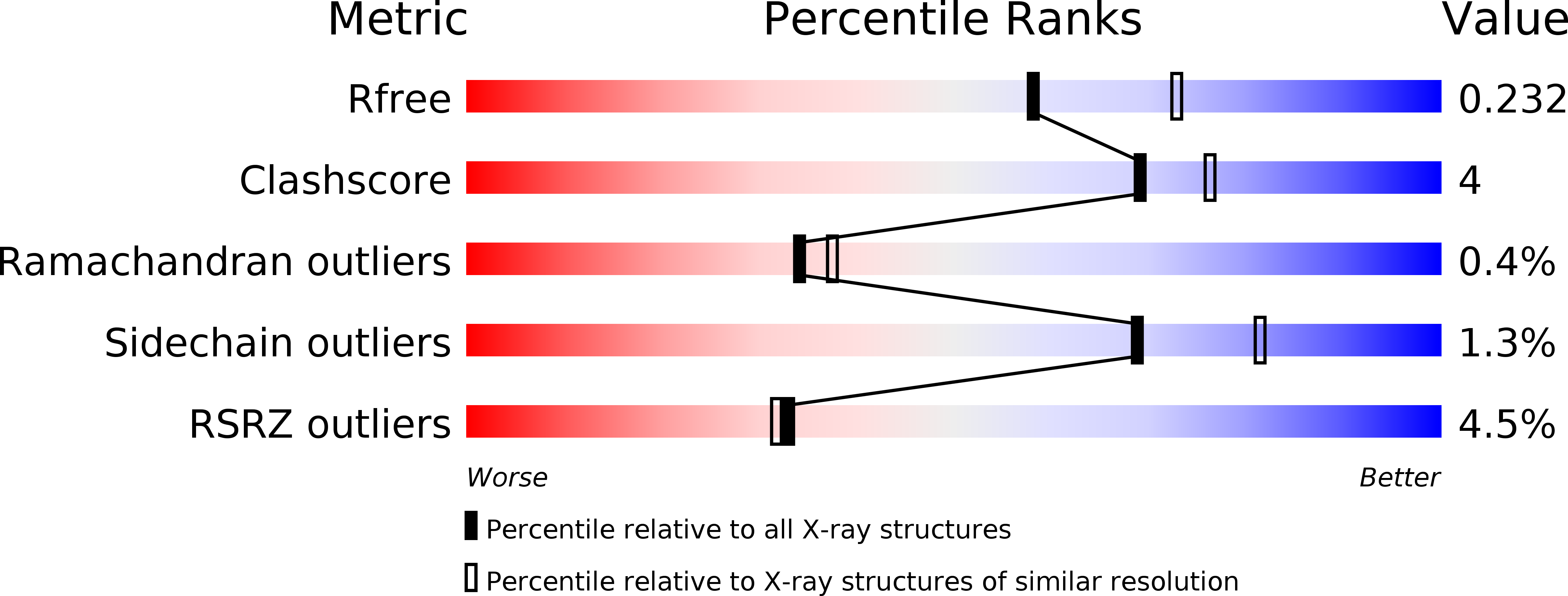
Deposition Date
2012-08-03
Release Date
2012-09-26
Last Version Date
2024-11-06
Entry Detail
PDB ID:
4B5D
Keywords:
Title:
Capitella teleta AChBP in complex with psychonicline (3-((2(S)- Azetidinyl)methoxy)-5-((1S,2R)-2-(2-hydroxyethyl)cyclopropyl)pyridine)
Biological Source:
Source Organism:
CAPITELLA TELETA (Taxon ID: 283909)
Host Organism:
Method Details:
Experimental Method:
Resolution:
2.20 Å
R-Value Free:
0.24
R-Value Work:
0.19
R-Value Observed:
0.19
Space Group:
P 21 21 21


